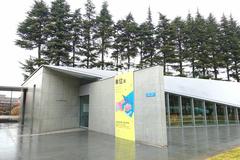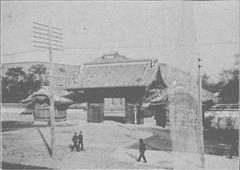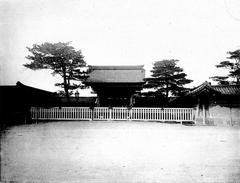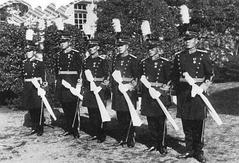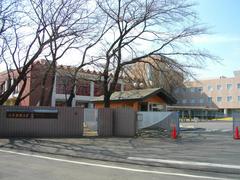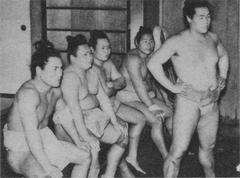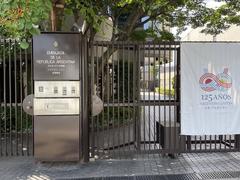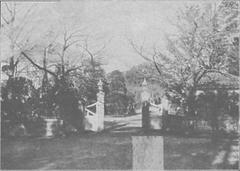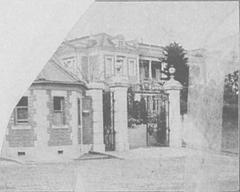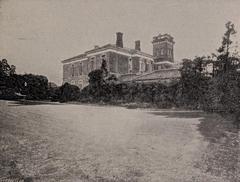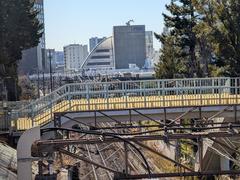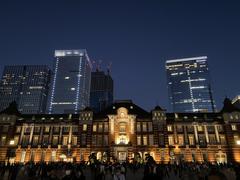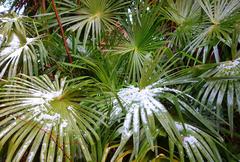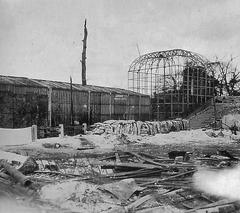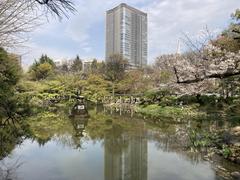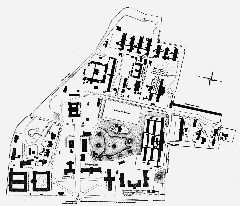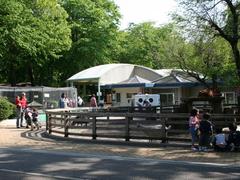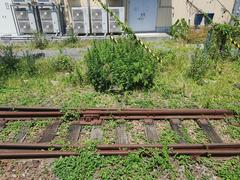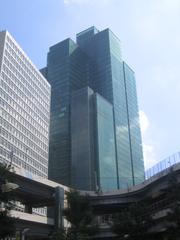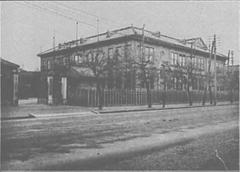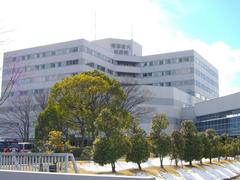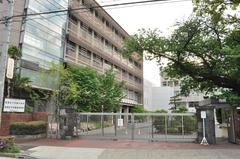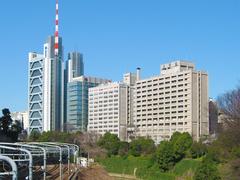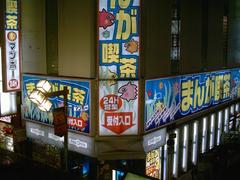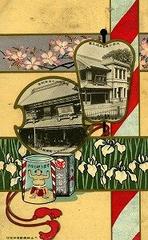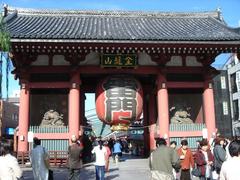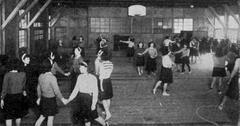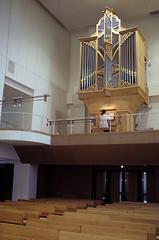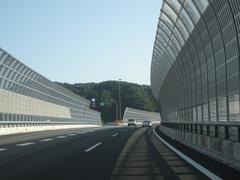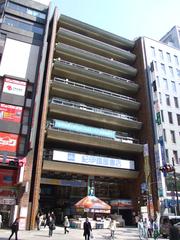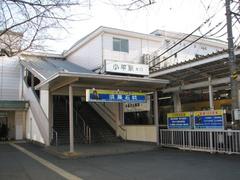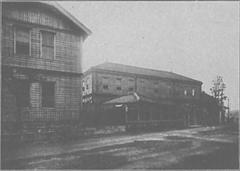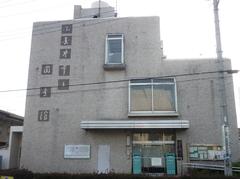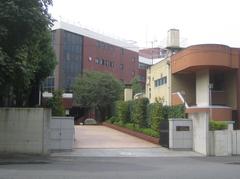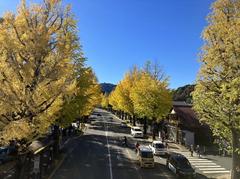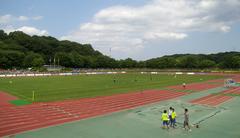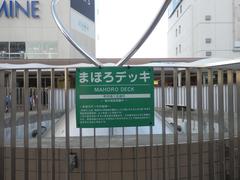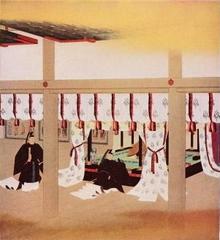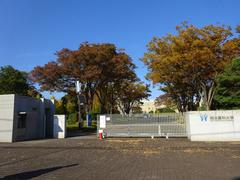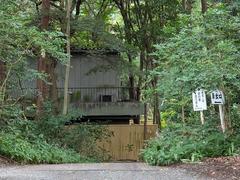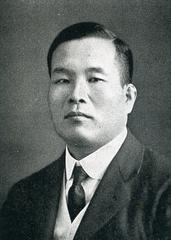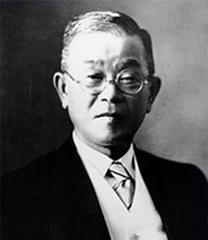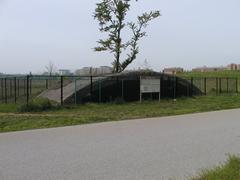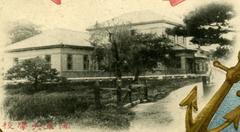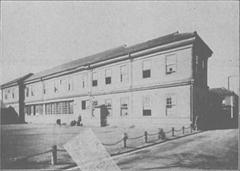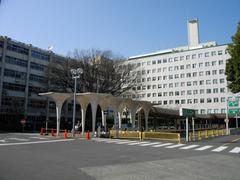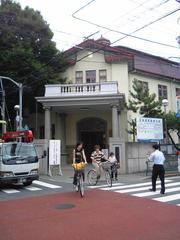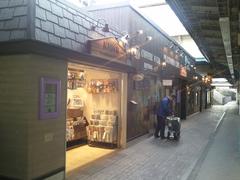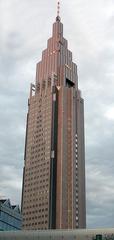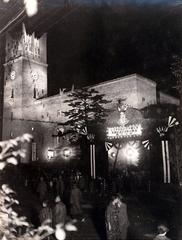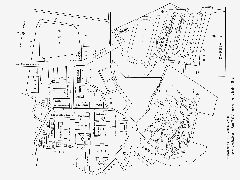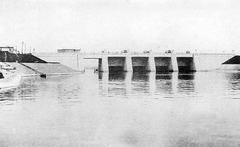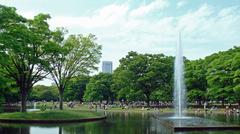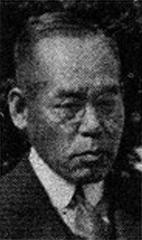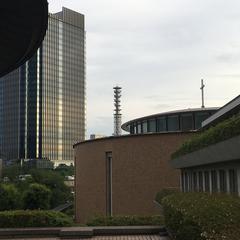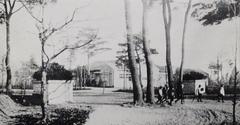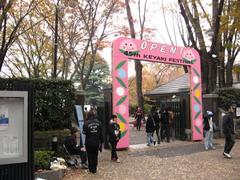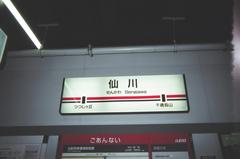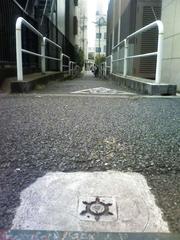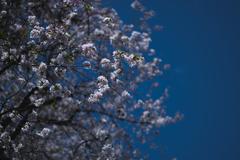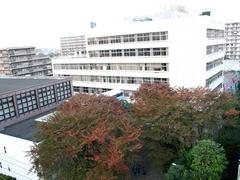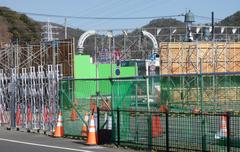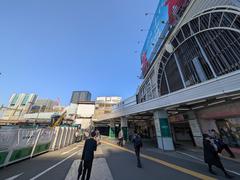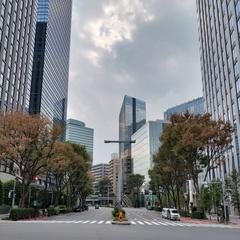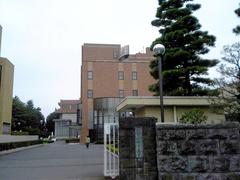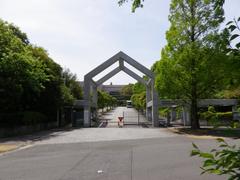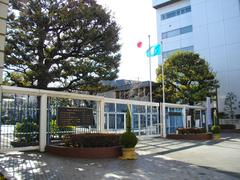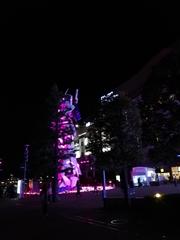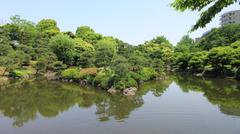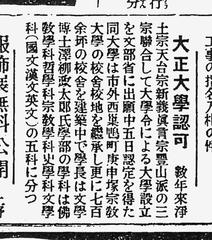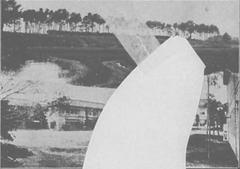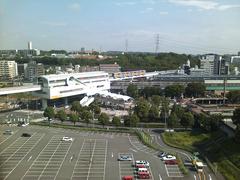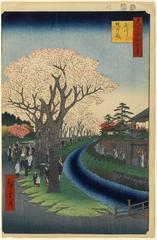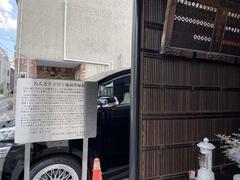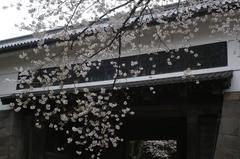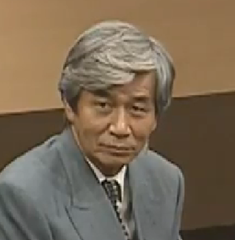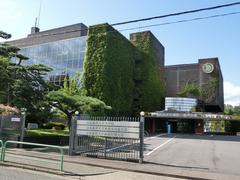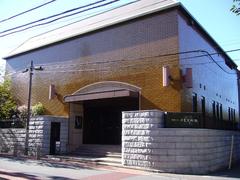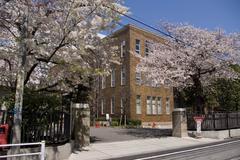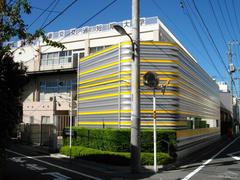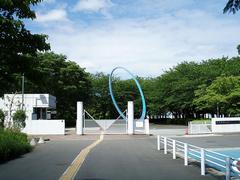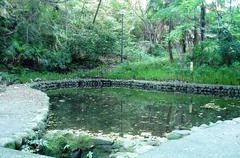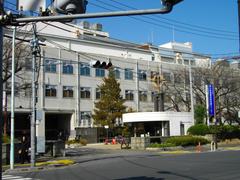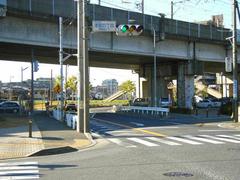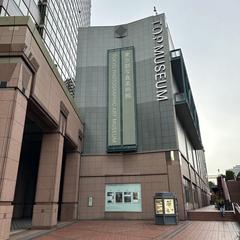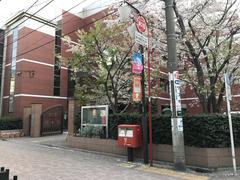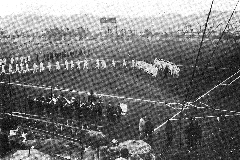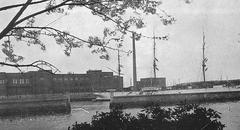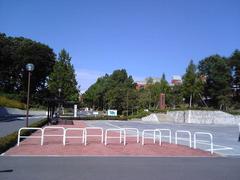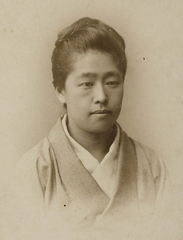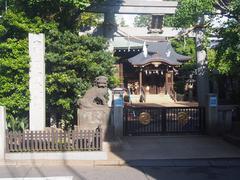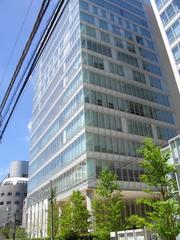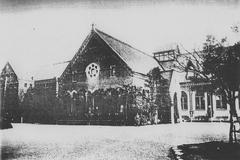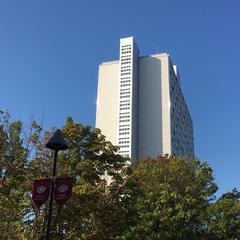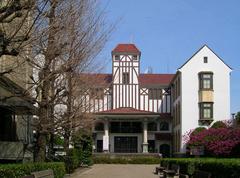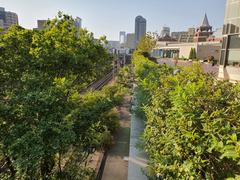Comprehensive Guide to Visiting Gotenyama Garden, Tokyo, Japan
Date: 31/07/2024
Introduction
Gotenyama Garden, nestled in the Shinagawa district of Tokyo, is a historical and cultural sanctuary that provides a tranquil reprieve from the urban hustle. This guide aims to equip you with comprehensive information for visiting Gotenyama Garden, covering its rich historical tapestry, ticketing details, visiting hours, and practical travel tips. Whether you are a history buff, a nature enthusiast, or simply seeking a peaceful retreat, Gotenyama Garden offers a compelling blend of traditional Japanese aesthetics and seasonal beauty.
Originating in the Edo period (1603-1867), Gotenyama Garden has long been celebrated as a prime location for cherry blossom viewing, a tradition immortalized in Utagawa Hiroshige’s woodblock print series, “One Hundred Famous Views of Edo” (Edo-Tokyo Museum). Over the centuries, the garden has evolved through various historical phases, including significant transformations during the Meiji, Taisho, and Showa periods, reflecting Japan’s journey from feudalism to modernity (Trust City Gotenyama Garden). Today, Gotenyama Garden stands as a testament to enduring cultural heritage, featuring meticulously designed landscapes that showcase the beauty of each season (Go Tokyo).
This guide will also highlight the garden’s architectural and design elements, such as its traditional tea house and stone lanterns, as well as practical visitor information, including accessibility features and travel recommendations. Whether you’re planning a leisurely stroll, a cultural exploration, or a seasonal visit during the Gotenyama Sakura Festival, this guide will help you make the most of your experience at Gotenyama Garden.
Table of Contents
- Introduction
- Historical Background of Gotenyama Garden
- Garden Layout and Features
- Visitor Information
- FAQ
- Conclusion
Historical Background of Gotenyama Garden
Edo Period (1603-1867)
Gotenyama Garden is steeped in historical significance dating back to the Edo period. During this era, Gotenyama was renowned as a prime location for cherry blossom viewing, a tradition that continues to this day. The area was frequented by shoguns who used it for various leisure activities, including tea ceremonies and falconry. The garden’s historical importance is highlighted by its depiction in Utagawa Hiroshige’s famous woodblock print series, “One Hundred Famous Views of Edo,” specifically in the piece titled “Gotenyama Hill at Shinagawa” (Edo-Tokyo Museum).
Meiji Period (1868-1912)
The Meiji period marked a significant transformation for Gotenyama Garden. With the modernization of Japan, the garden underwent changes that reflected the country’s shift from feudalism to a more contemporary society. The garden’s design began to incorporate elements influenced by Western landscaping techniques, while still retaining its traditional Japanese aesthetic. This period also saw the construction of various structures within the garden, including tea houses and rest areas designed to enhance the visitor experience.
Taisho and Showa Periods (1912-1989)
During the Taisho and Showa periods, Gotenyama Garden continued to evolve. The garden became a popular spot for both locals and tourists, who were drawn to its serene environment and historical significance. The garden’s layout was further refined, with the addition of new pathways, ponds, and waterfalls. These features were designed to create a tranquil atmosphere, allowing visitors to escape the hustle and bustle of Tokyo. The garden’s tea house, “Ujian,” designed by the renowned architect Arata Isozaki, is a notable addition from this period (Trust City Gotenyama Garden).
Post-War Era and Modern Developments
In the post-war era, Gotenyama Garden underwent significant restoration efforts to preserve its historical and cultural heritage. The garden’s management focused on maintaining its traditional elements while also incorporating modern amenities to enhance the visitor experience. Today, Gotenyama Garden spans approximately 6,800 square meters and features a variety of flora that showcase the beauty of each season. The garden’s ponds and waterfalls, along with its meticulously maintained pathways, provide a picturesque setting for visitors to enjoy (Go Tokyo).
Cultural Significance
Gotenyama Garden holds a special place in Japanese culture, particularly for its association with cherry blossom viewing. The garden is home to around 70 cherry blossom trees of various kinds, making it a popular destination during the sakura season. The Gotenyama Sakura Festival, held annually in mid to late March, celebrates this tradition with a variety of activities, including shamisen performances, tea ceremonies, and nighttime illuminations (Japan Travel).
Architectural and Design Elements
The design of Gotenyama Garden reflects the principles of traditional Japanese garden architecture, which emphasizes harmony between nature and human-made structures. The garden features elements such as stepping stones, stone lanterns, and water basins, which are characteristic of the “Tea Garden” style that emerged during the Momoyama period (Japan Experience). The garden’s layout is designed to provide a sense of tranquility and contemplation, with carefully placed rocks, trees, and water features creating a naturalistic landscape.
Seasonal Changes and Events
One of the unique aspects of Gotenyama Garden is its ability to showcase the beauty of each season. In spring, the cherry blossoms create a stunning display of pink and white flowers, attracting visitors from all over the world. In summer, the garden’s lush greenery provides a cool and refreshing escape from the heat. Autumn brings a vibrant array of red, orange, and yellow foliage, while winter offers a serene and peaceful atmosphere with the garden’s evergreen trees and snow-covered landscapes (Trust City Gotenyama Garden).
Preservation and Future Plans
Efforts to preserve Gotenyama Garden’s historical and cultural heritage are ongoing. The garden’s management is committed to maintaining its traditional elements while also incorporating modern amenities to enhance the visitor experience. Future plans include the introduction of new events and activities that celebrate the garden’s rich history and cultural significance. These initiatives aim to attract a diverse range of visitors and ensure that Gotenyama Garden remains a cherished destination for generations to come (Go Tokyo).
Garden Layout and Features
Overview of Gotenyama Garden
Gotenyama Garden, located in the Shinagawa district of Tokyo, is a serene and meticulously designed Japanese garden that offers a tranquil escape from the bustling city. The garden is part of the Gotenyama Trust City complex, which includes office buildings, hotels, and residential areas. The garden’s design reflects traditional Japanese aesthetics, emphasizing harmony with nature, seasonal changes, and the use of natural materials.
Main Features
Pond and Water Features
At the heart of Gotenyama Garden lies a large pond, which serves as the focal point of the landscape. The pond is designed in the traditional “chisen-kaiyu” style, meaning a pond-strolling garden. Visitors can walk along the winding paths that encircle the pond, offering different perspectives and views of the water and surrounding greenery. The pond is home to koi fish, which add a dynamic element to the serene waters.
Waterfalls and streams are strategically placed throughout the garden, creating soothing sounds that enhance the tranquil atmosphere. These water features are designed to mimic natural landscapes, with rocks and plants carefully arranged to create a sense of authenticity.
Stone Lanterns and Bridges
Stone lanterns, known as “tōrō,” are scattered throughout Gotenyama Garden, adding to its traditional charm. These lanterns are often placed near water features or along pathways, providing soft illumination during evening hours. The lanterns are crafted from natural stone and come in various shapes and sizes, each with its own unique design.
Bridges are another prominent feature of the garden. The most notable is the arched bridge, which spans the central pond. This bridge is not only functional but also serves as a picturesque spot for visitors to take in the beauty of the garden. The design of the bridge is inspired by traditional Japanese architecture, with wooden railings and stone supports.
Seasonal Plantings
Gotenyama Garden is designed to showcase the beauty of each season. In spring, cherry blossoms (sakura) bloom, creating a stunning display of pink and white flowers. The garden is a popular spot for hanami, the traditional Japanese practice of flower viewing. In summer, vibrant green foliage and blooming hydrangeas (ajisai) dominate the landscape. Autumn brings a burst of color with the changing leaves of maple trees (momiji), while winter offers a more subdued beauty with evergreen plants and the occasional snowfall.
The garden’s plantings are carefully selected to ensure that there is always something in bloom, providing visitors with a constantly changing landscape. The use of native plants and traditional gardening techniques helps to create a sense of harmony with the natural environment.
Garden Structures
Tea House
One of the highlights of Gotenyama Garden is the traditional tea house, known as a “chashitsu.” The tea house is designed in the sukiya-zukuri architectural style, characterized by its simplicity, natural materials, and attention to detail. Visitors can participate in tea ceremonies, experiencing the art of Japanese tea culture in an authentic setting. The tea house is surrounded by a small garden, known as a “roji,” which serves as a transitional space between the outside world and the tea room.
Pavilion
The garden also features a pavilion, which provides a shaded area for visitors to rest and enjoy the scenery. The pavilion is constructed from wood and bamboo, with a thatched roof that blends seamlessly with the natural surroundings. It offers a panoramic view of the garden, making it an ideal spot for photography or quiet contemplation.
Pathways and Viewing Points
The pathways in Gotenyama Garden are designed to guide visitors through the landscape, offering a variety of perspectives and experiences. The paths are made from natural materials such as gravel, stepping stones, and wooden planks, which blend harmoniously with the garden’s aesthetic. Along the paths, visitors will find strategically placed benches and viewing points, where they can pause and take in the beauty of the garden.
One of the most popular viewing points is the hilltop area, which offers a bird’s-eye view of the entire garden. From this vantage point, visitors can see the layout of the pond, the arrangement of plants, and the placement of garden structures. The hilltop is especially popular during the cherry blossom season, as it provides a stunning view of the blooming trees.
Wildlife and Ecology
Gotenyama Garden is not only a place of beauty but also a haven for wildlife. The pond and water features attract a variety of birds, including ducks, herons, and kingfishers. The garden’s diverse plantings provide habitat for insects, butterflies, and small mammals. The presence of wildlife adds to the garden’s sense of tranquility and connection to nature.
The garden’s design incorporates principles of ecological sustainability. Native plants are used to reduce the need for irrigation and chemical fertilizers. The water features are designed to support aquatic life and maintain water quality. These practices help to create a balanced ecosystem that supports both the garden’s aesthetic and environmental goals.
Accessibility and Visitor Tips
Gotenyama Garden is designed to be accessible to all visitors. The pathways are well-maintained and suitable for wheelchairs and strollers. Signage throughout the garden provides information in multiple languages, including English, making it easy for international visitors to navigate and learn about the garden’s features.
To make the most of a visit to Gotenyama Garden, it is recommended to visit during different seasons to experience the changing landscape. Early morning or late afternoon visits are ideal for avoiding crowds and enjoying the garden in a more peaceful setting. Photography enthusiasts will find plenty of opportunities to capture the beauty of the garden, especially during the cherry blossom and autumn foliage seasons.
For those interested in Japanese culture, participating in a tea ceremony at the tea house is a must. It offers a unique opportunity to experience traditional Japanese hospitality and learn about the art of tea.
Visitor Information
Visiting Hours and Tickets
Gotenyama Garden is open year-round, typically from 9:00 AM to 5:00 PM. However, visiting hours may vary during special events or festivals, so it’s advisable to check the official website for the latest information. Admission to the garden is free, making it an accessible destination for all visitors.
Accessibility and Amenities
Gotenyama Garden is easily accessible from various parts of Tokyo. It is located around five minutes on foot from Kita Shinagawa Station, which is served by the Keikyu Main Line. A free shuttle bus also runs to the garden from Shinagawa Station’s Takanawa Exit, providing convenient transportation options for visitors (Japan Travel). The garden features well-maintained pathways and rest areas, ensuring that visitors of all ages can enjoy their time here.
Travel Tips
To make the most of your visit to Gotenyama Garden, consider the following tips:
- Best Time to Visit: Spring and autumn are the most popular seasons due to the cherry blossoms and autumn foliage. However, each season offers a unique experience.
- Nearby Attractions: Combine your visit with a trip to nearby attractions such as Shinagawa Shrine and the Hara Museum of Contemporary Art.
- What to Bring: Comfortable walking shoes, a camera for capturing the beautiful scenery, and a picnic blanket if you wish to relax in the garden.
FAQ
- What are the visiting hours for Gotenyama Garden? Gotenyama Garden is typically open from 9:00 AM to 5:00 PM. However, hours may vary during special events or festivals.
- Is there an admission fee for Gotenyama Garden? No, admission to Gotenyama Garden is free.
- How can I get to Gotenyama Garden? The garden is a five-minute walk from Kita Shinagawa Station on the Keikyu Main Line. A free shuttle bus is also available from Shinagawa Station’s Takanawa Exit.
- Are there any special events at Gotenyama Garden? Yes, the Gotenyama Sakura Festival in March is a major event, featuring cherry blossom viewing, cultural performances, and tea ceremonies.
- What amenities are available at Gotenyama Garden? The garden features well-maintained pathways, rest areas, and a tea house where visitors can experience traditional Japanese tea ceremonies.
Conclusion
Gotenyama Garden is a historical and cultural gem in the heart of Tokyo. Its rich history, stunning natural beauty, and carefully preserved traditional elements make it a must-visit destination for anyone interested in experiencing the essence of Japanese garden design and culture. Don’t forget to check out the annual Gotenyama Sakura Festival and explore nearby attractions to make the most of your visit. For more information and updates, follow us on social media and download our mobile app Audiala.
References
- Edo-Tokyo Museum. Utagawa Hiroshige’s ‘One Hundred Famous Views of Edo’. Retrieved from Edo-Tokyo Museum
- Trust City Gotenyama Garden. About Gotenyama Garden. Retrieved from Trust City Gotenyama Garden
- Go Tokyo. Gotenyama Garden. Retrieved from Go Tokyo
- Japan Travel. Gotenyama Sakura Festival. Retrieved from Japan Travel
